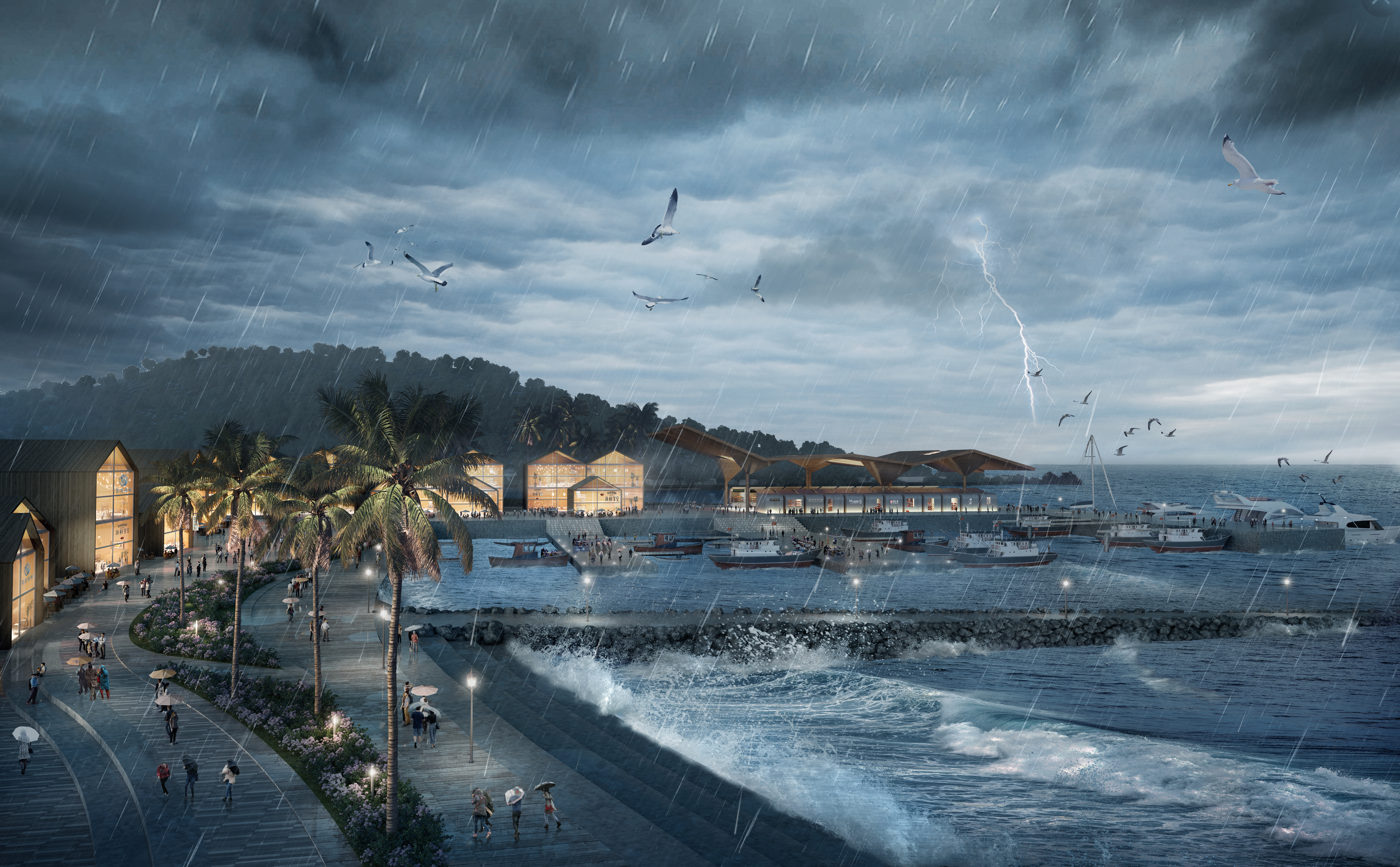OKRA Profile
OKRA Landscape Architects
Over the last twenty years, OKRA has focused on the transformation of cities and landscapes for the people who use them.
OKRA has extensive experience in defining frameworks for urban development, design public space, master planning and strategization. OKRA is a multi-disciplinary team composed of more than 40 international professionals who work enthusiastically with partners and clients to create a better environment.
Rooted in the long-standing Dutch traditions of water management and living in harmony with water, OKRA has profound practical experience.
Our team has won many international design and planning awards in coastal, riverine, and urban water landscapes. OKRA has participated in many major international urban planning and landscape projects related to water conservation, including the design and construction of Katwijk coast, Cazand coast, and the renewal of the water system in Rotterdam.
OKRA takes advantage of multidisciplinary cooperation and creates many ecological and pleasant waterfronts that also ensure water safety. OKRA’s works are represented in many waterfront areas in the Netherlands and across Europe.
